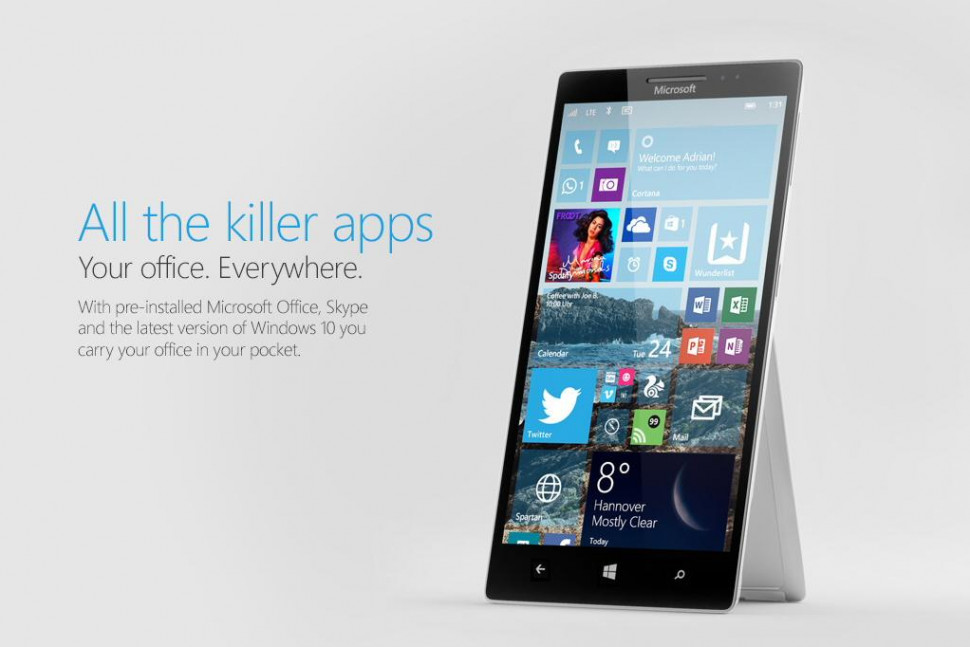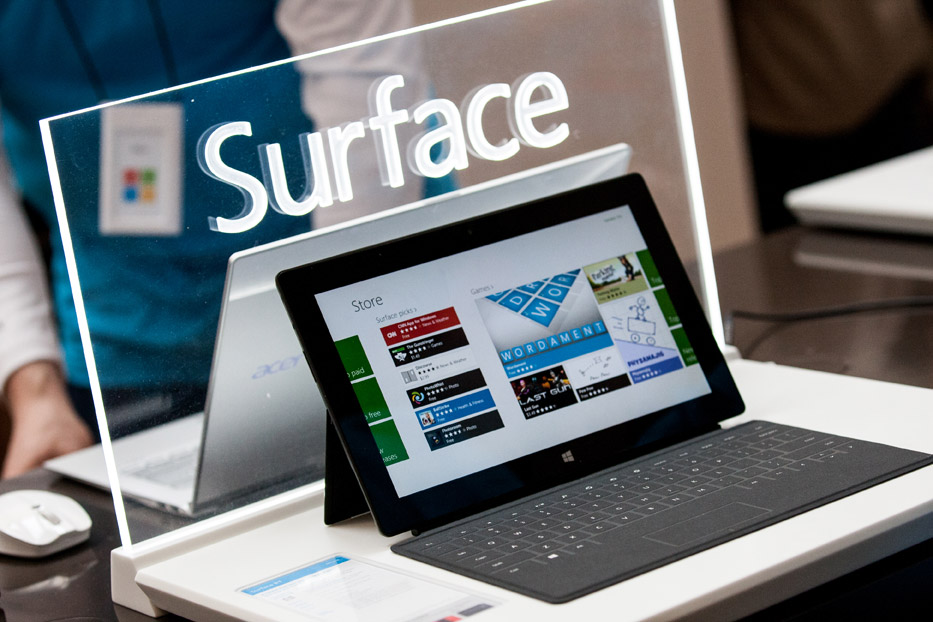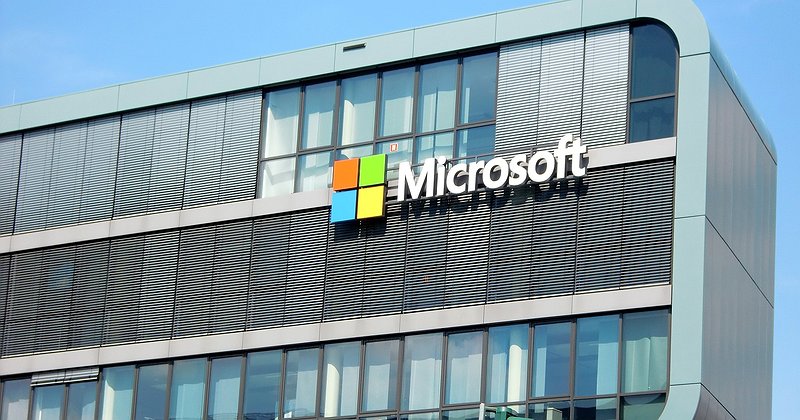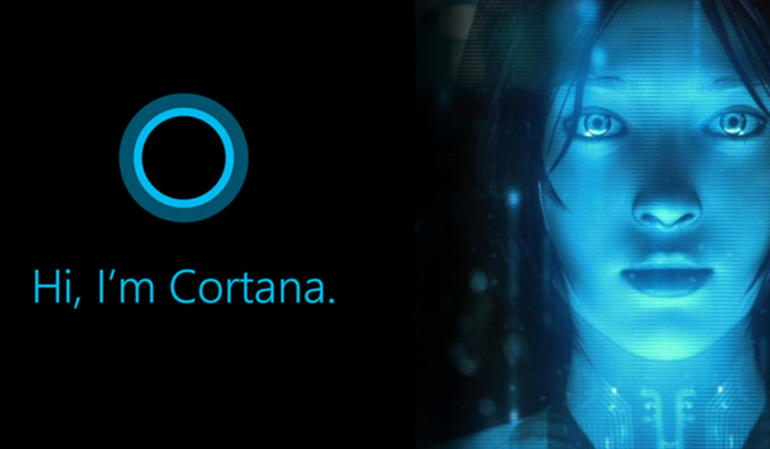Microsoft made a big splash in 2013 when it acquired Finnish phone maker Nokia for $7.2 billion. Since then, the bar has been coming in lower and lower on the expectation that Microsoft would be a serious competitor to Google’s Android and Apple’s iPhones.
Since then, nothing of significance ever came out of that relationship except for the Lumia range of smartphones that was priced perfectly for certain segments of the smartphone market. However, lacking the wide range of apps that we see in Apple’s App Store and Google Play, Lumia devices were relegated to the fringes of the smartphone industry.
But things at Microsoft are changing, and the company has realized that it has to come up with something better than Lumia or else its plans to re-enter the mobile market will flop yet again.
And the answer to that problem seemed to be the Surface Phone, widely rumored to be launched next month at an event that may also see the Surface Cardinal – an all-in-one PC – and the much-awaited Surface Pro 5 hybrid laptop-tablet.
Over the past few months we’ve seen Microsoft making permanent price cuts on several Lumia models including the Lumia 650 and 650 XL, as well as the Lumia 950 and 950 XL. The company is obviously trying to get rid of any remaining stock so dealers can make way for the Surface Phone and other new devices from Microsoft.
On the apps side, the company still doesn’t have the robust choice of apps that you’d find with Apple or Google, but they are confident that the Universal Apps Store will do better than its predecessor because developers can now create multi-OS apps on the Universal Windows Platform.
In effect, they’re trying to tell developers that they will make it easier to develop iOS and Android apps if they’ll also develop a Windows version that can eventually form an ecosystem of apps around Windows 10.
How far this strategy will be successful is something only time will tell, but we know that Microsoft is putting all its resources into developing a family of devices as well as the supporting app environment that is so critical to device sales.
Hopefully, this time Microsoft won’t be making the same mistakes with Surface devices that it did when it launched the Lumia family of devices. Will the second time be better for Microsoft? We’ll just have to wait and see.
Thanks for reading our work! If you’re reading this on Apple News, please favorite the 1RedDrop channel (next to our logo) to add us to your news feed, or Like our page on Facebook. Please bookmark our site for more insightful articles on current and future technologies that are changing our lives.





